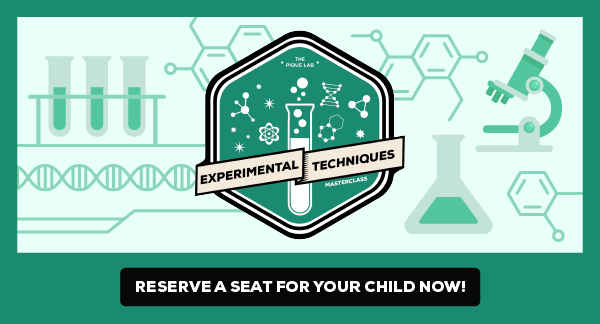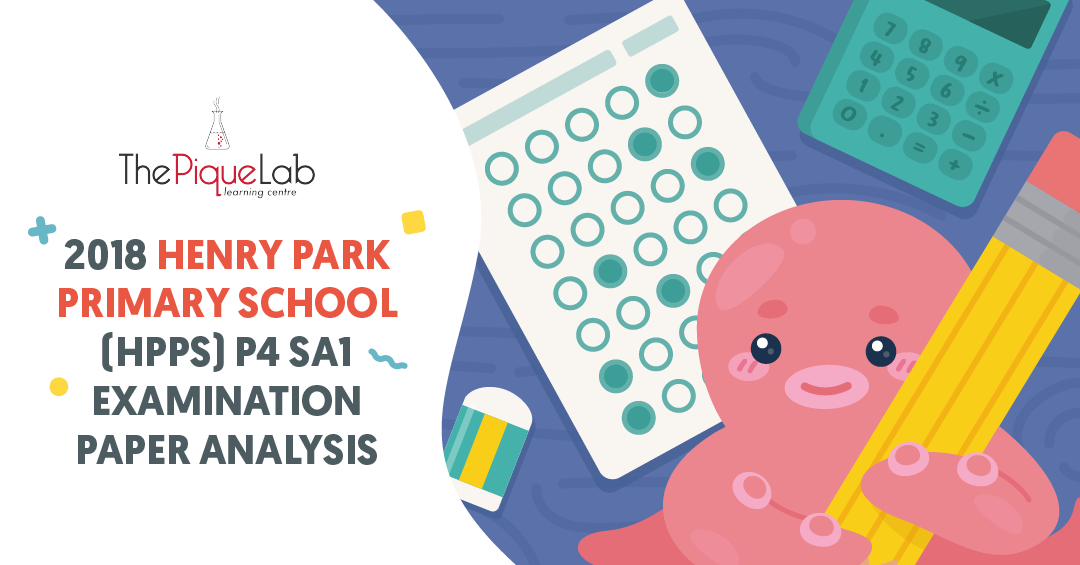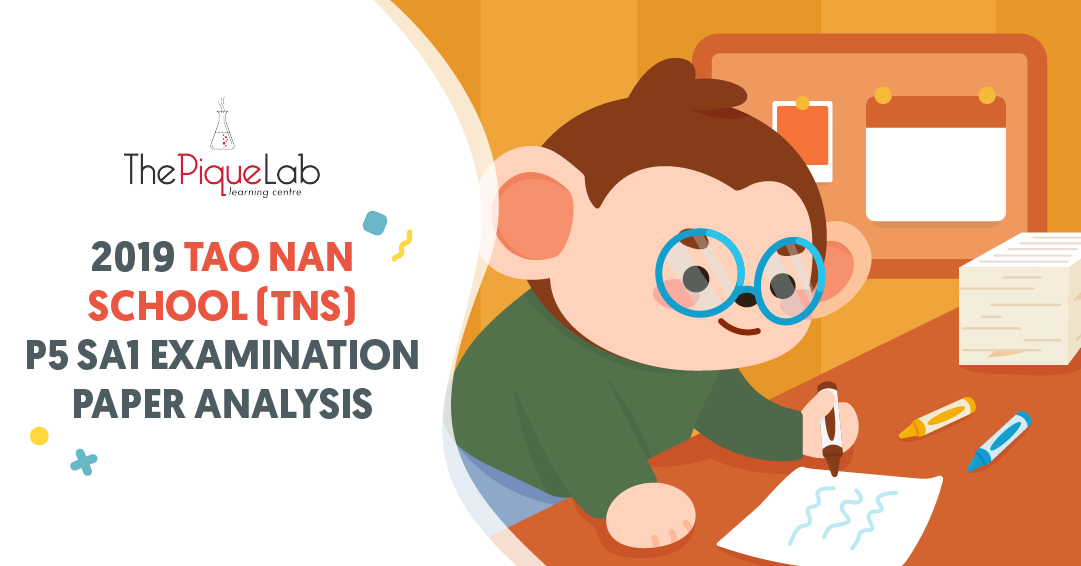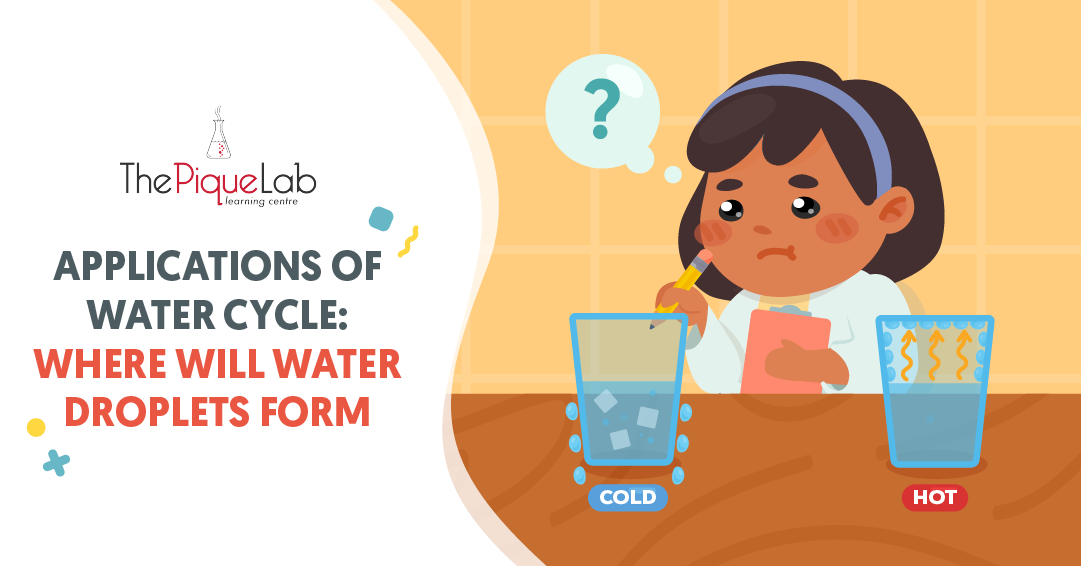Experiment-centric questions are increasingly common in primary school examination papers today.
There are typically six types of experiment-centric questions that can be tested:
- Relationship – What is the relationship between X and Y?
- Fair Test – How do we ensure a fair test?
- Reliability – How can the experiment be more reliable?
- Aim – What is the aim of the experiment?
- Conclusion – What can you conclude from the experiment?
- Control Set-up – What is the purpose of the control set-up?
I’m sure you’ve probably seen a variation of one of the above questions in your child’s examination paper.
Read Also
Many students often struggle to structure their answers in a coherent & scientific manner, causing them to lose marks unnecessarily.
The good news is that we know what are the possible experiment-centric questions that can be tested!
We’re able to help your child prepare these answers ahead of their examinations & execute them when they see something similar. 🙂
Isn’t that amazing?
In our previous article, we discussed tackling conclusion-type questions, arguably one of the more challenging experiment-centric questions.
Today, we’ll be looking at how to tackle control set-up questions. It is often expressed in the following format:
What is the purpose of the control set-up?
For this particular question, students are often able to identify the changed variable and the measured variable in the question. The challenge lies in using the correctly identified variables to structure their answers properly.
As such, I would like to introduce a template answer to help your child with control set-up questions.
Question

Thought Process
A control set-up is often needed to ensure that the experiment is valid & accurate. It serves as a baseline for the comparison of the results of the main experiment.
The control set-up will also rule out other environmental variables from affecting the results and eventually help to establish the conclusion of the experiment.
Ultimately, the control set-up is in place to ensure that the measured variable (dependent variable) is affected only by the changed variable (independent variable) and not any other variable in the experiment.
Template Answer
The purpose of preparing Set-up __ is to act as a control set-up to ensure that the _____________ (measured variable) is only caused by the ___________ (changed variable) and not any other variables in the experiment.
Final Answer
With reference to part (b) of the above question…
The purpose of preparing Set-up B is to act as a control set-up to ensure that the change observed in the limewater (if any) is only caused by the gas produced during decomposition and not any other variables in the experiment.
I hope that this article has shown you how to apply to correct template answer to easily tackle experiment-centric questions on control set-ups!
If you like our methodology, please click here to explore our Experimental Techniques™ Masterclass for P5 & P6 students.








